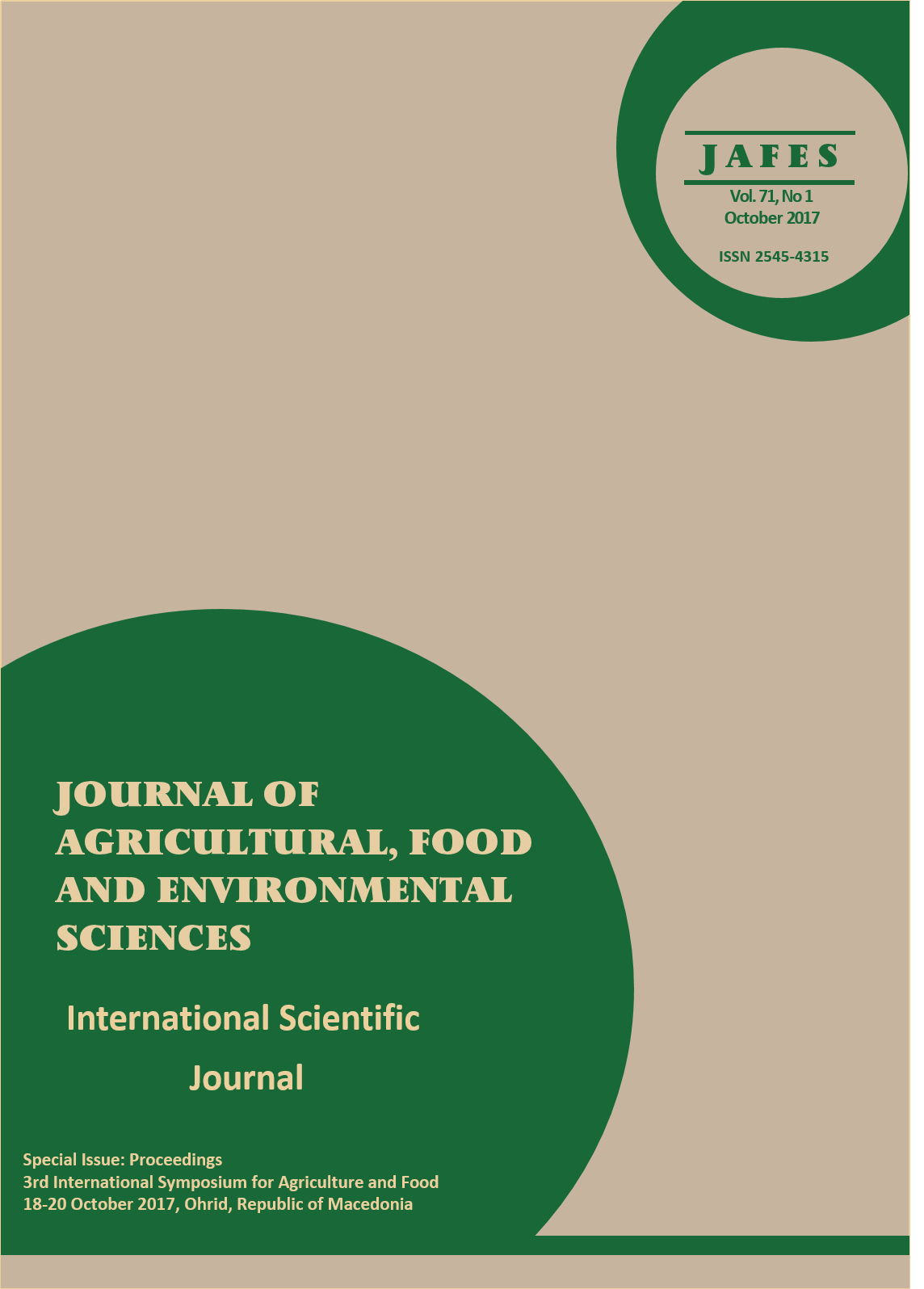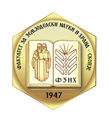EXAMINING THE STATUS CYTOGENETIC ON SOME AUTOCHTHONOUS VARIETIES A GRAPEVINE IN R. MACEDONIA ACCORDING O.I.V. SYSTEM
Keywords:
autochthonous varieties, description, cytogenetic status, meiosisAbstract
In R. Macedonia has many domestic (autochthonous) or domesticated varieties of vines. Many of them are similar to some varieties of from neighboring countries, and some of them are very different between them, and are also differ from the other varieties. It depends on heritable traits of their ancestors and their origins, from the centers of origin. They represent undiscovered source of many genes that are carriers of positive properties and predominantly transmitted to future generations. Many of them are unidentified and not known their exact origin. Therefore efforts are made with certain adequate methods to identify (ampelographic, ampelometric, DNA identification). In our research we covered several table and wine varieties of grapevine from different vineyards through R. Macedonia. In the trials used methods for determination of cytogenetic status according O.I.V. system of descriptors - (number of chromosomes, ploidy level, germination of pollen, meiosis, type and characteristics of the flower, etc.). We used statistical computer processing by (SPSS) program.Obtained are interesting results in terms of the structure of the flower and the cell division that indicate the similarity between them and their common origin.
References
Aradhya, M., Wang, Y., Walker, M.A., Prins, B.H., and col. 2013. Genetic diversity, structure, and patterns of differentiation in the genus Vitis. Plant Systematics and Evolution, Vienna, v.299, n.2, p.317-330.
Bouquet A: Grapevines and Viticulture. In Genetics, Genomics, and Breeding of Grapes. Edited by Adam-Blondon A-F, Martinez-Zapater JM, Kole C.: Science Publishers; 2011:1-29.
M.Vucinic, V. Pesic (1997) Manipulation of animal and plant genomes and genes in agriculture. Ed. Books, University of Belgrade.
Peruzzi, L.; Eroglu, H.E. (2013) Karyotype asymmetry: again, how to measure and what to Measure. Comparative Cytogenetics, St. Petersburg, v.7,n.1, p.1-9.
Pierozzi, N.I. (2011), Karyotype and nor-banding of mitotic chromosomes of some Vitis L. species. Revista Brasileira de Fruticultura, Jaboticabal, v.E, p. 564-570, Volume Especial.
Sharakhova MV, George P, Brusentsova IV, Leman SC, Bailey JA, Smith CD, Sharakhov IV: Genome mapping and characterization of the Anopheles gambiae heterochromatin. BMC Genomics 2010, 11:459.
This, P.; Lacombe, T.; Thomas, M.R. 2006. Historical origins and genetic diversity of wine grapes. Trends in Genetics, Cambridge, v.22, n.9, p.511-519.
Wolf T. and col. 1999. Reliable identification of grapevine rootstock varieties using RAPD PCR on woody samples. Australian Journal of grape and wine Research 5, 34-38.
http://www.biologydiscussion.com
http://www.ecpgr.cgiar.org/Databases/Crops /Vitis.htm
https://www.ncbi.nlm.nih.gov/books/
GWRDC innovators network
www.gwrdc.com.au
www.statisticshell.com



